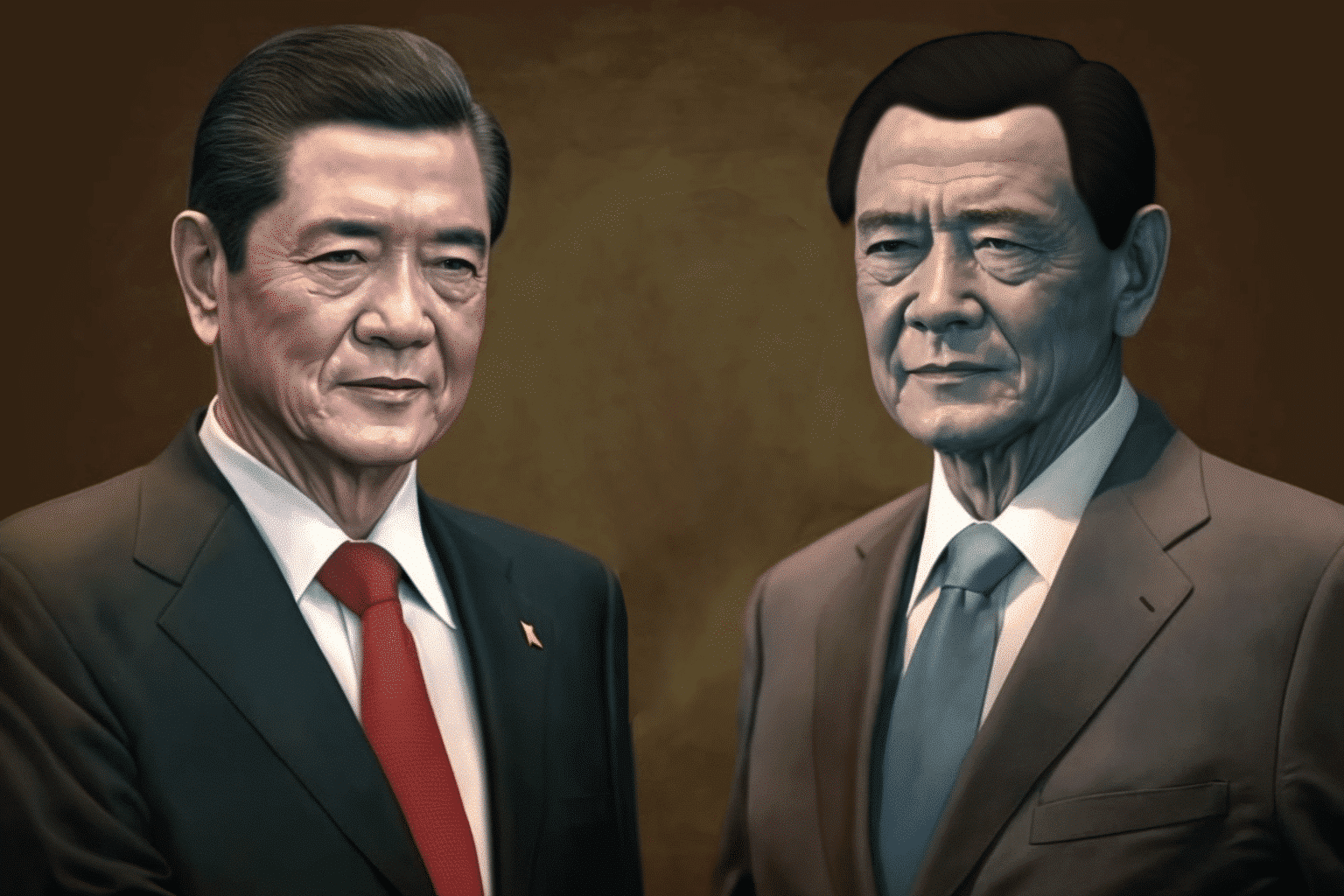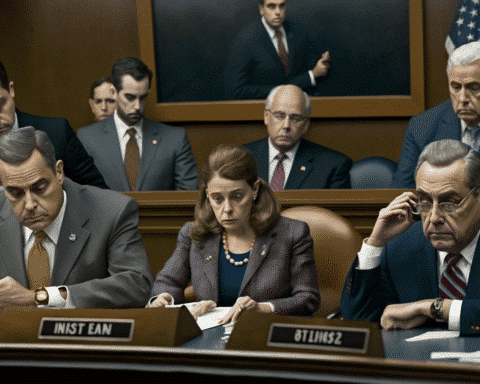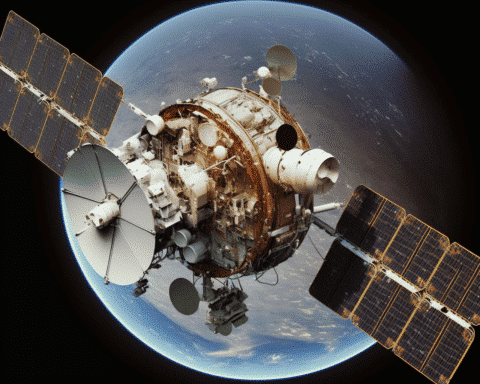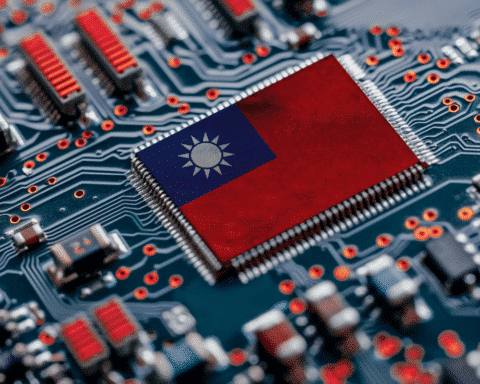Next week, former Taiwanese President Ma Ying-jeou is scheduled to visit China to ease tensions between the autonomous island and the mainland, according to a spokesperson. Ma’s tenure saw improved relations with Beijing, but his term ended amid controversy after a trade agreement with China failed to pass, sparking Taiwan’s largest protests since the 1990s.
Although Ma is visiting as a private individual, his status as a former leader adds political significance to the trip. This comes as China’s People’s Liberation Army sends fighter jets toward Taiwan nearly daily, and formal communication between the two governments has ceased. China’s government insists that Taiwan is part of its territory, but Taiwan’s ruling Democratic Progressive Party asserts that the island is already a sovereign nation separate from China.
A group of academics, students, and former presidential staff will be led by Ma, a member of the opposition Nationalist Party (Kuomintang). As an ex-head of state, Ma is expected to demonstrate the importance of Taiwan’s democracy, freedom, and equal standing during cross-strait interactions, according to President Tsai Ing-wen’s office.
Ma’s itinerary includes visits to Nanjing, Wuhan, and Changsha, among other cities, according to Hsiao Hsu-tsen, the director of the Ma Ying-jeou Foundation. Ma will also bring Taiwanese college students to meet with peers from Shanghai’s Fudan University and Changsha’s Hunan University. Hsiao believes such exchanges will help reduce tensions, stating that interpersonal understanding between young people from both sides is more valuable than weapons.
Ma will not travel to Beijing but honour his ancestors before Tomb Sweeping Day on April 5. While the visit’s outcomes may be primarily symbolic, some experts believe it could contribute positively to cross-strait relations and future developments. However, only some expect it to influence Taiwan’s presidential elections next year or resolve significant issues.

Ma’s visit follows a 10-day tour of China by Andrew Hsia, vice chairman of the Kuomintang, in February, during which he met with the head of the Taiwan Affairs Office. The Kuomintang maintains regular exchanges with China, and Taipei Mayor Chiang Wang-an, a Kuomintang member, hosted Shanghai city officials in February, discussing cultural, sports, and tourism exchanges.
Ma intends to promote peaceful exchanges, primarily through student interactions, that could benefit cross-strait relations and future development, according to Kao-cheng Wang, a professor at Tamkang University’s Graduate Institute of International Affairs and Strategic Studies.
During Ma’s presidency, Taiwan and China increased contact, culminating in a trade agreement in 2010 and a surge in Chinese tourism to Taiwan. However, as the two sides opened their borders, concerns grew over Taiwan becoming increasingly dependent on Beijing, eventually leading to the 2014 Sunflower Movement protests against a proposed trade deal. These protests drew over 200,000 people and resulted in students’ 24-day occupation of Taiwan’s parliament.
In 2015, Ma met with Chinese President Xi Jinping in Singapore while still in office. During the Chinese civil war, Taiwan separated from mainland China in 1949, the first meeting between leaders from both sides since then. The conference, however, was more symbolic than substantial.
In 2016, the Democratic Progressive Party, which leans towards independence, won national elections, prompting Beijing to cut off contact with Taiwan’s government. This decision was based on President Tsai’s refusal to endorse Taiwan and China as one country.




